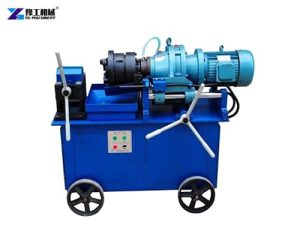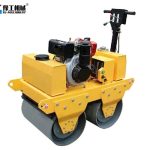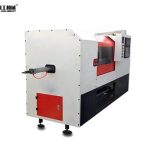Metal plate rolling machine, also known as a plate bending roll or sheet metal roller, uses hydraulic, mechanical, or electric force to bend flat metal sheets into desired shapes. Key components include:
- Rolls: Typically three or four cylindrical rollers are arranged vertically or horizontally.
- Drive System: Hydraulic, mechanical, or CNC-controlled motors that power the rolls.
- Bed: The machine’s frame, which supports the rolls and material.
- Control Panel: Interface for adjusting parameters like pressure, speed, and roll gap.
Applications of Metal Plate Rolling Machine
Construction: Rolling steel beams for buildings, and pipes for infrastructure.
Energy: Fabricating boiler components, and wind turbine towers.
Automotive: Shaping chassis parts, and exhaust systems.
Aerospace: Forming lightweight alloy components for aircraft.
Factors for Choosing an Automatic Plate Rolling Machine
Selecting the right equipment involves evaluating:
Material Thickness & Width: Match machine capacity
Bending Radius: Smaller radii require higher pressure.
Automation Level: CNC systems boost repeatability for high-volume orders.
Maintenance & Safety Best Practices
Maximize metal plate rolling machine lifespan and operator safety with these guidelines:
Routine Maintenance:
Lubricate rolls and bearings weekly.
Inspect hydraulic fluid levels and hoses.
Safety Protocols:
Train operators on emergency stop functions.
Use PPE (gloves, goggles) to prevent injuries from sharp edges.




